Live Life First, Be Diabetic Second, and Stay Active
The secret to my overall success, both professional and personal, is that I made a conscious choice to live my life by one guiding principle: Live life first, and be diabetic second.
Lost your password? Please enter your email address. You will receive a link to create a new password.
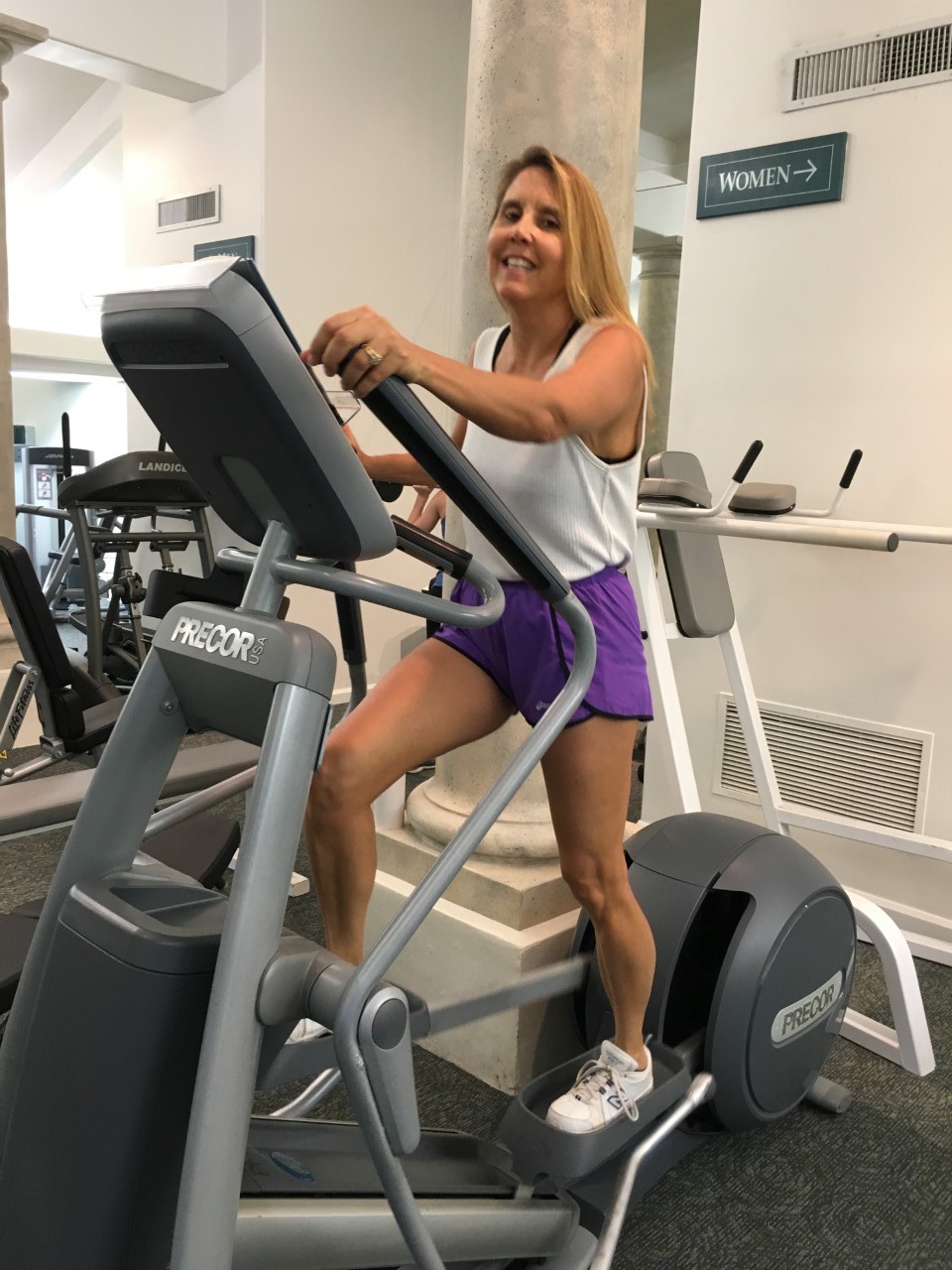
The secret to my overall success, both professional and personal, is that I made a conscious choice to live my life by one guiding principle: Live life first, and be diabetic second.
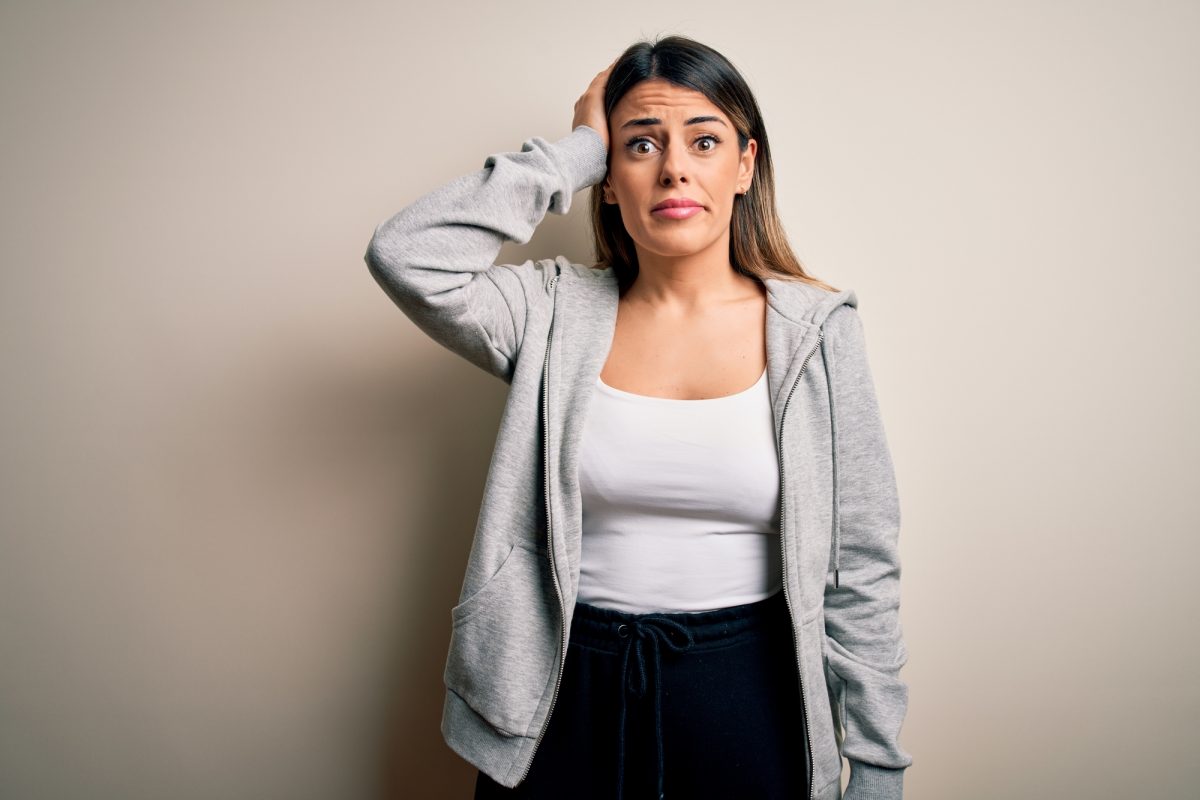
I’m going to be honest – there’s a lot of hype in the exercise market today. It almost feels like whoever can do the most creative exercises wins some kind of award. But the truth is…that’s not a good use of your time because it’s not going to get you the results you probably desire – a lean, defined, healthy body that enables you to perform daily life functions and that will allow you to age gracefully.
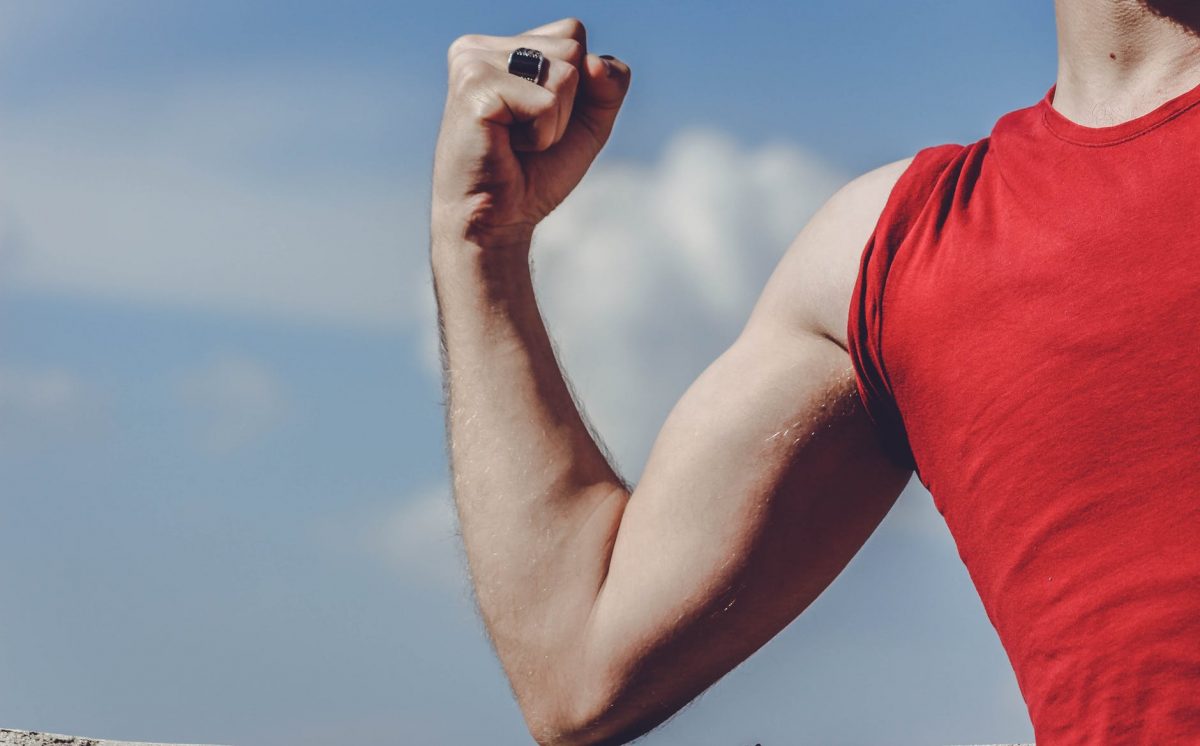
During the COVID-19 pandemic, taking steps to protect yourself from contracting the virus is essential. That means you need to prioritize boosting your immune system. Although a strong immune system always plays a crucial role in your health, right now, it’s particularly important.
Strengthening your immune response is also fairly easy. While you should remember that none of these tips are substitutes for seeking medical care if you believe you have COVID-19 or are in danger of contracting it, you should consider the following ways – from cooking healthy recipes to getting enough sleep – that you can keep your immune system strong during a pandemic.
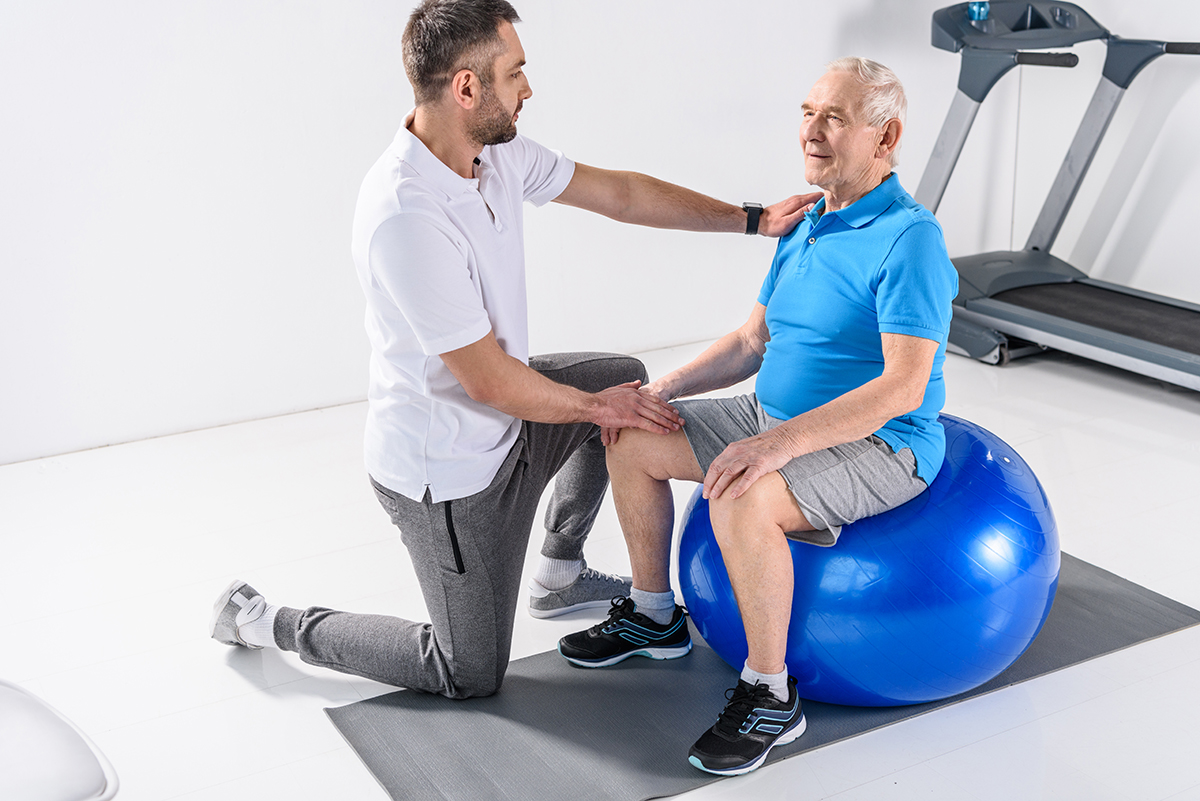
It is safe to assume that not everyone a yoga professional works with is injury or disease free. As a yoga professional, it is your responsibility to ensure that you provide your clientele with safe and effective programming. The question you have to ask yourself is: are you truly qualified and up to date on the latest information to work with your current (and future)? A second question to ask is are you marketing yourself to those who need you most in this healthcare crisis? If you’re honest, you should at least say that perhaps you are not.
Well, this is where the MedFit Network (MFN) can help! MedFit Network (MFN) is both a professional membership organization for yoga, fitness and allied healthcare professionals, and a free online resource directory for the community to locate professionals with a background in prevention, treatment, and rehabilitation in working with those with chronic disease or medical conditions. As a yoga professional, here are three reasons why you should join the MedFit Network

Although stay-at-home restrictions are loosening around the USA and summer is coming, you may still need to get some of your activities indoors at home for a variety of reasons. If you aren’t doing resistance workouts already, you should really consider adding some resistance exercises to your normal regimens.
In fact, if you do nothing else, doing these 5 key exercises is critical for people with diabetes who may have weak core muscles, altered gait and balance, and central and peripheral nerve damage. If you lose your core strength, it will affect your ability to do all activities of daily living, including walking and living independently.
Do at least one set of 8-15 reps of each one, but work up to doing 2-3 sets of each one per workout. For best results, do these exercises at least 2 or 3 nonconsecutive days per week — muscles need a day or two off to fully recover and get stronger — but just don’t do them right before you go do another physical activity (as a fatigued core increases your risk of injury).
These and many more exercises are available on Diabetes Motion Academy for free download.
Crunches:
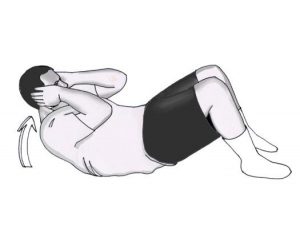
Directions:
Waist worker:
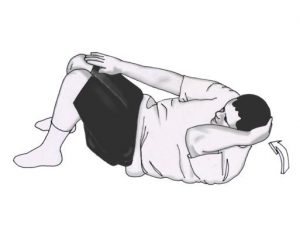
Directions:
Chair sit-ups:
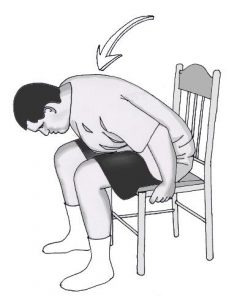
Directions:
OR
Low back strengthener (Superman exercise):
Directions: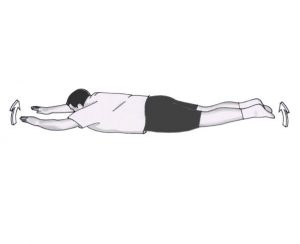
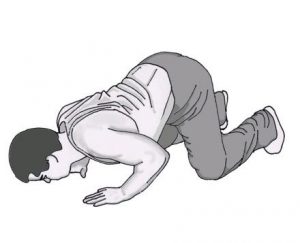
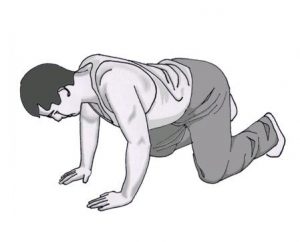
Directions:
#4: Squats OR Suitcase Lifts
Squats:
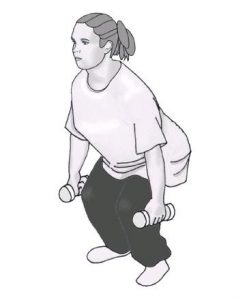
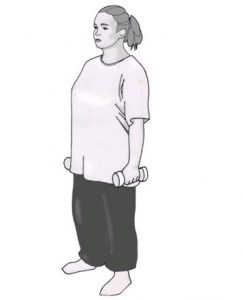
Directions:
OR
Directions:
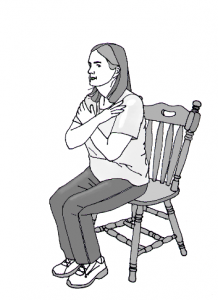
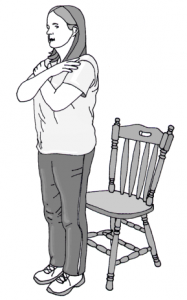
Directions:
From Diabetes Motion Academy Resources, “Basic Core Exercises,” Sheri R. Colberg © 2017.
Sheri R. Colberg, PhD, FACSM, is the author of The Athlete’s Guide to Diabetes: Expert Advice for 165 Sports and Activities (the newest edition of Diabetic Athlete’s Handbook), available through Human Kinetics, Amazon, Barnes & Noble, and elsewhere. She is also the author of Diabetes & Keeping Fit for Dummies. A professor emerita of exercise science from Old Dominion University and an internationally recognized diabetes motion expert, she is the author of 12 books, 30 book chapters, and over 420 articles. She was honored with the 2016 American Diabetes Association Outstanding Educator in Diabetes Award. Contact her via her websites, SheriColberg.com and DiabetesMotion.com.
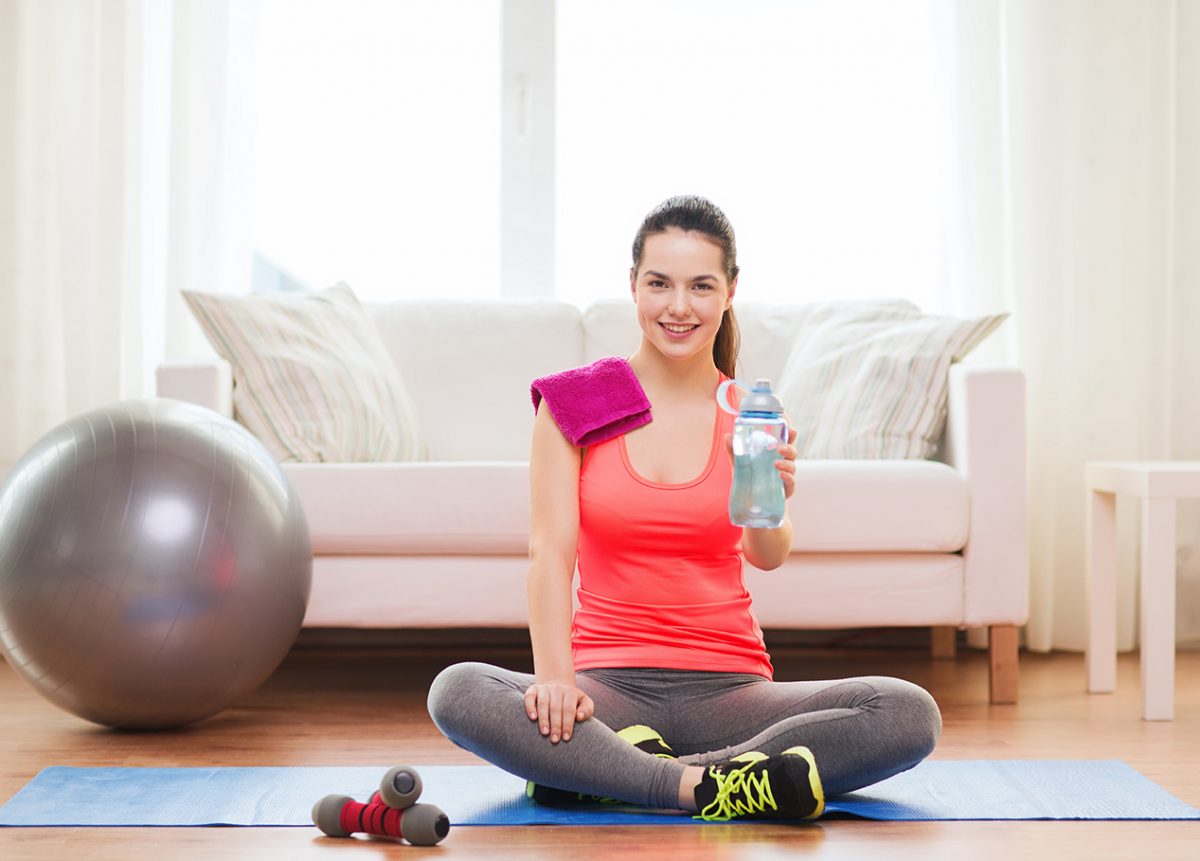
We all know Darwin’s theory of survival of the fittest. During these COVID times, fitness professionals desperately need to evolve – for our own fiscal survival, a great deal of population health depends on us.
A study released in June 2020 surveyed 10,824 people worldwide. Results showed 46.67% of gym members said they will not continue their gym membership after COVID. The number of people in the US not continuing membership is over 50%.
We can encourage people to Zumba on Zoom, online exercise… but let’s have a reality check on what is really going on.
Forbes: “Americans Are Excessively Eating, Drinking, Smoking Pot, Playing Video Games And Watching Porn While Quarantined”
Obesity is associated with a more violent reaction to coronavirus – which is no surprise as fat cells are like millions of little endocrine engines spewing inflammatory factors. Smokers and vapers are at higher risk of serious illness and complications if they get COVID-19.
Everyone knows smoking tobacco, pot-smoking, and vaping affects the lungs. The damage done by smoke makes it easier to get many lung illnesses. People who smoke and vape – even younger people – are at higher risk of more severe illness and complications from COVID-19.
Isn’t it amazing alcohol sales were deemed as an essential service? According to Nielsen, studies show that “alcohol sales were up 55% in the week ending March 21.” Nielsen also found that amount of spirits sold, such as tequila, gin and pre-mixed cocktails, skyrocketed 75% compared to March 2019. Wine sales rose 66%, beer sales popped 42% and online alcohol sales grew by an astounding 243% from last year at this time.
Their response to the findings:
“Get the recommended amount of sleep, do not snack after dinner, practice dietary restraint, alter stress coping mechanisms, and maintain an exercise regime.” People know this. They need help implementing these suggestions.
If you haven’t read it yet – please refer to my article here on MFN on exercise and chronic inflammation. Reducing chronic inflammation and balancing our immune response is key during this pandemic.
Reducing chronic inflammation and balancing our immune response is key during this pandemic.
In a number of studies, exercise has an important role in immune balance.
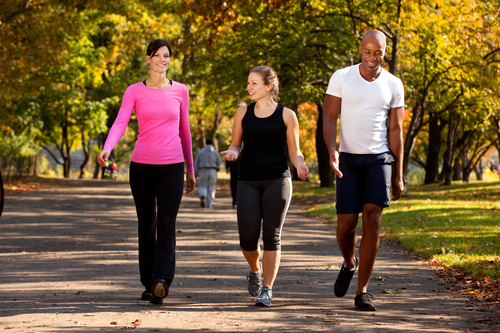 A large study showed that mild to moderate exercise, performed about three times a week, reduced the risk of dying during the Hong Kong flu outbreak in 1998. The Hong Kong study was performed on 24,656 Chinese adults who died during this outbreak. This study showed that people who did no exercise at all, or too much exercise — over five days of exercise per week — were at the greatest risk of dying compared with people who exercised moderately.
A large study showed that mild to moderate exercise, performed about three times a week, reduced the risk of dying during the Hong Kong flu outbreak in 1998. The Hong Kong study was performed on 24,656 Chinese adults who died during this outbreak. This study showed that people who did no exercise at all, or too much exercise — over five days of exercise per week — were at the greatest risk of dying compared with people who exercised moderately.
It is clear that both too much exercise, overexertion during exercise and exercising while sick increases the risk of medical complications and death. These cause excess production of inflammatory cytokines. In the COVID-19 pandemic, research is showing those who get very ill or succumb to the virus – a massive cytokine storm overwhelms the body.
Secretory immunoglobulin A, or “sIgA” is an antibody protein used by the immune system to neutralize pathogens, including viruses. sigA has proven to be vital in upper respiratory tract infections. Over-exercising without adequate recovery has been shown to lower sigA, increasing susceptibility to respiratory tract infections. These infections are often what cause severe illness in COVID cases.
Remember Physical Activity
Of course, physical activity is a necessity to keep all of us healthy. Even if it’s not an “exercise” day – we all must remind people to be vigilant about physical activity.
Unfortunately “stay at home” was interpreted as sit on the couch and watch TV, or more screen time.
According to the data from Comcast, the average household is watching TV at least 8 hours more per week. That’s a full workday more. The data shows a 40% increase in viewing during the late-night hours. Comcast says it has seen the largest increases happening between 11 p.m. and 2 a.m.
Netflix has added 16 million global customers since the pandemic started.
Physical activity and moderate exercise are vital to our mental health, physical health & immune function. The immune system has no pump of its own. It depends on our pumping muscles for flow.
There is no question this pandemic is increasing our stress levels. The psychological stress from feeling isolated, fear of catching the virus, the many unknowns, how long we will live like this, the hysteria.
It is our gift to be able to help people make better choices to deal with their stress levels.
The increased stress, screen time, changed schedules are all contributing to sleep issues. Sleep is vital to immune balance and the control of inflammatory responses.
We should encourage more passive exercise closer to bedtime, rather than trying to fall asleep to Netflix. Meditation, deep breathing, Tai Chi, yoga stretches, more passive exercise – incredible for stress reduction and muscle strength. Encourage some Pilates intermittently throughout the day for activity, calorie burn, muscle strength. And of course, walking. Remember there really isn’t a place now for the “no-time whine”.
With our guidance as fit pros, we truly can make a massive contribution to how we come out of this pandemic. There is a new normal. This COVID crisis could be here for a while. Let’s take this as an opportunity to offer newer more innovative services. And yes – always welcome to contact me to brainstorm. We need to expand our services as health consultants. You are a wealth of information and creativity, and we can help calm the calamities. And please… educate all on wearing a mask!
Shira Litwack has been in chronic care management and prevention for 30 years, specializing in lifestyle habits including holistic nutrition, medical fitness and oxidative stress reduction. She is frequently called upon by the media, has her own podcast bringing current research to the public. She has created and provided oxidative stress assessments, to help clients identify potential health risks. From these, she provides guidance to lower inflammation. Shira is now a product specialist with a major COVID-19 test kit supplier, working with epidemiologists educating people on COVID testing, and setting up and designing protocol for COVID testing clinics

A potential client nervously sits down before a very handsome LA plastic surgeon at the beginning of each episode of this extremely popular television show in the early 2000s. The surgeon asks the same question to each patient he meets.,“Tell me what you don’t like about yourself?” The potential client, slightly taken back by the magnitude and depth of this question, details what it is he or she wishes the doctor to change about them.
As a MedFit fitness professional and educator, this particular scenario really resonated with me. In fact, I have spent multiple decades trying to figure out the “WHY” behind the behaviors and mindsets adopted by my clients. What external or internal factors are positively or negatively affecting their ability to make healthy decisions, their ability to feel confident, or their ability to love themselves or others. This is exactly why we all must keep asking, why?
While designing fitness programs to support physical well-being is extremely important, are we providing enough positive reinforcement to encourage clients that “they are enough”? Are we building their confidence and self-worth? Are we empowering their mind and believing in them so hard until they start believing in themselves?
These are the questions we should be asking ourselves when we design fitness programs for the “whole person.”
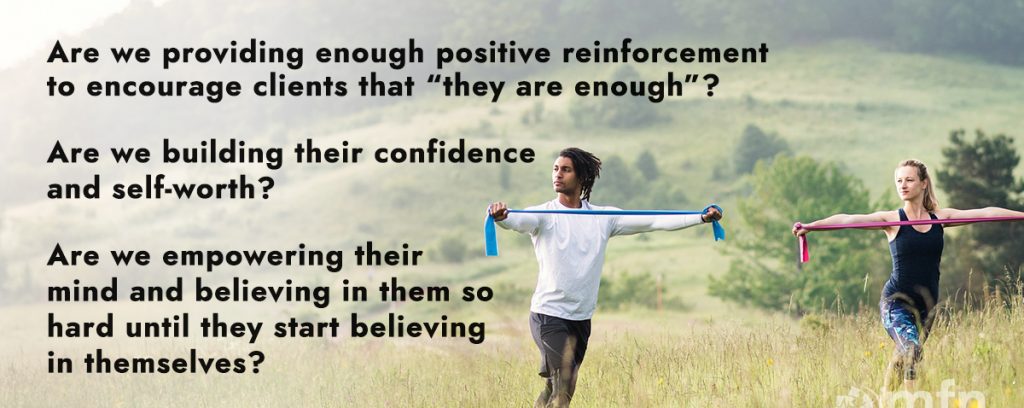
Why do people feel the need to drastically change their appearance?
Where do these ideas come from and how will it have a positive effect on their future?
Why is outer appearance still considered more important than overall health when considering recent research to support longevity?
These are just a few questions to consider as a fitness or medical fitness professional as you begin to assess clients and “peel back the onion” to fully understand how you can best support their goals.
If your client suffers from what I refer to as “negative self-talk,” those incessant self-deprecating statements act as a personal bully and obstacle to achieve true happiness — ask them why they feel this way?
Then, continue those “Why” questions until you find out the answers. This may take one whole session, or it may take months of shorter conversations. However, a medical fitness professional has the power to change lives, not only through physical fitness, but mental fitness. Mindset matters!
1. Is this negative thinking a result of a negative experience or is it being projected on them by others?
2. Ask questions and listen. Only when the fitness professional has developed a trusting, supportive, comfortable, and communicative relationship with their client can the fitness professional begin to understand their “why.”
3. “The way you make your muscles grow is through resistance training, where you work them until your muscle fibers are fatigued and break apart. With proper rest, recovery, and nutrition, those same muscle fibers grow back stronger than they were before. And you grow. The mind and your mindset work the same way.” –Dr. Bryan Price
Christine M. Conti, M.Ed, BA is and international fitness educator and presenter. She currently sits on the MedFit Education Advisory Board and has been nominated to be the 2020 MedFit Network Professional of the Year. She is currently writing the MedFit Network Arthritis Fitness Specialist Course and is the CEO and founder of ContiFit.com and Let’s FACE It Together™ Facial Fitness & Rehabilitation. Christine is also the co-host of Two Fit Crazies & A Microphone Podcast and the co-owner of TFC Podcast Production Co.
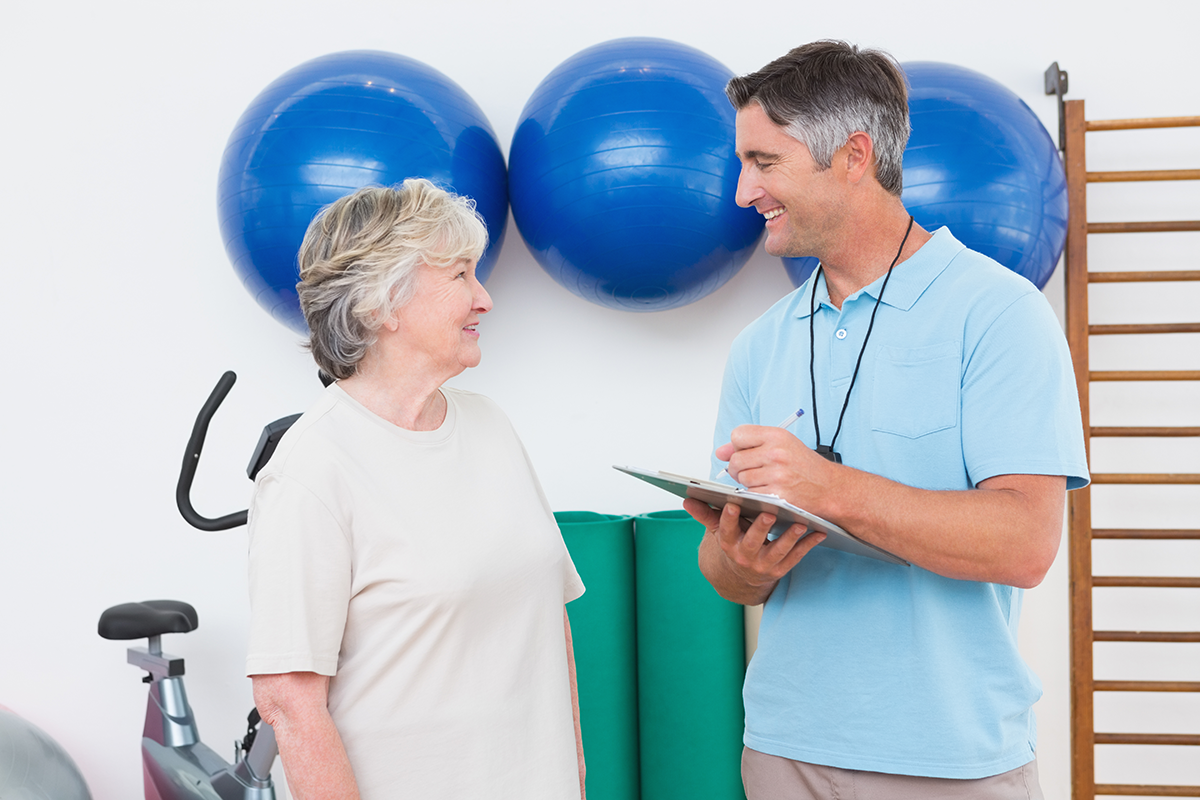
Four years ago, almost to the day, I made a keynote presentation at the California Clubs of Distinction annual meeting in Palm Springs. It was not long after the Affordable Care Act, also known as Obamacare, was approved and launched. I decided to make this presentation because the landscape for medical health was at an all-time high, and the certification organizations knew this as they were all scrambling for their market share of this emerging opportunity.
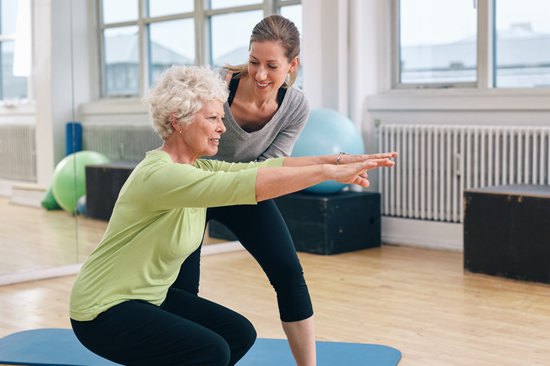 I was making presentations in healthy aging and how to train elderly people in 2014, joined with and became a master trainer for an emerging group at the time, and got certified in functional aging. I had met with this energetic woman in Orange County who was starting a network for medical fitness — any guesses? Yes, Lisa Dougherty was super passionate about it and was busy enlisting all kinds of groups to collaborate with her. After working for the American Council on Exercise and knowing their interest in this market sector, I too saw an interesting niche in the fitness and health market that was not getting filled. The gap between an allied health care professional’s treatment and true functional health for any individual, but especially an aging one. Phil Kaplan has written and spoken quite a bit on this and labeled it as the “new blue ocean.” As he mentions, it is not a small niche, but a huge market opportunity, and it is driven by people valuing their health and quality of life.
I was making presentations in healthy aging and how to train elderly people in 2014, joined with and became a master trainer for an emerging group at the time, and got certified in functional aging. I had met with this energetic woman in Orange County who was starting a network for medical fitness — any guesses? Yes, Lisa Dougherty was super passionate about it and was busy enlisting all kinds of groups to collaborate with her. After working for the American Council on Exercise and knowing their interest in this market sector, I too saw an interesting niche in the fitness and health market that was not getting filled. The gap between an allied health care professional’s treatment and true functional health for any individual, but especially an aging one. Phil Kaplan has written and spoken quite a bit on this and labeled it as the “new blue ocean.” As he mentions, it is not a small niche, but a huge market opportunity, and it is driven by people valuing their health and quality of life.
Fast forward four years in what will go down in history as the COVID-19 year for the U.S. “We are all in this together” but six feet apart and in our own homes! There is a lot talk out there about what the future holds. Our country has not seen this level of unemployment and losses of income since the Great Depression. Our government is bailing out people and companies to the tune of trillions of dollars. Large companies such as 24-Hour Fitness is considering bankruptcy and has closed all 448 of their gyms. The social isolation has changed the landscape toward medical fitness even further! The other trend it is causing is online services to be popular. The stay-at-home quarantines we all are supposed to obey has meant a huge upsurge for education and training done online or virtually, respectively.
In an interview with Chris Rondeau, the CEO for Planet Fitness, he was mentioning how their facilities were always practicing good cleaning practices but felt the “personal cleaning etiquette” will now likely change amongst members. Thank goodness! No one wants to be on a piece of equipment where another’s sweat was left. This factor and the personal space will likely be in the forefront as the fitness clubs are part of the Phase 1 of the U.S. government’s reintegration policy. He also mentioned how the public understands that fitness is good for the immune system, and the lower price point of the Planet Fitness facilities are something the public will need to consider with the losses of income. He also mentioned how the company’s app and virtually lead fitness is exploding. He called it the digital content consumption and said it is at an all-time high for the company.
So what factors were part of my “perfect storm” as I labeled it? The Affordable Care Act, the baby boomers becoming seniors, people living longer, medical costs going out of control, ROI on preventative services being realized and new opportunities for corporate wellness as well. Now we have a new perspective on staying healthy during pandemics, keeping ourselves and our families away from large crowds, and watching our budget. There has been a shift in society for quite some time now from a “volume incentive” or paying a fee for a service, to a “value incentive” or paying for outcomes.
So several questions the public is asking;
It is believed that the fitness marketplace will change over the next decade, and that the pandemic has sped this change along. 24-Hour Fitness was going through financial problems prior to the COVID-19 shutdowns. The evolution of “gyms” becoming “health care” facilities is happening. You should position yourself to either deliver a variety of wellness services or have a network of people you work with who can deliver these services. I believe the future health center will be a place offering several services and most will be proactive in nature.
You will need to join organizations that expose you to people who desire these services, like the MedFit Network. Be sure to take advantage of this “downtime” to “gear up” with education and new business plans that include specialties in disease conditions like osteoporosis, Alzheimer’s disease and obesity. Others like women’s health or cancer or multiple sclerosis are available through MedFit Classroom as well.
This article was featured in MedFit Professional Magazine.
Dr. Mark P. Kelly has been involved with the health and fitness field for more than 30 years. He has been a research scientist for universities and many infomercial projects. He has spoken nationally and internationally on a wide variety of topics and currently speaks on the use of exercise for clinical purposes and exercise’s impact on the brain. Mark is a teacher in colleges and universities in Orange County, CA., where Principle-Centered Health- Corporate Wellness & Safety operates.
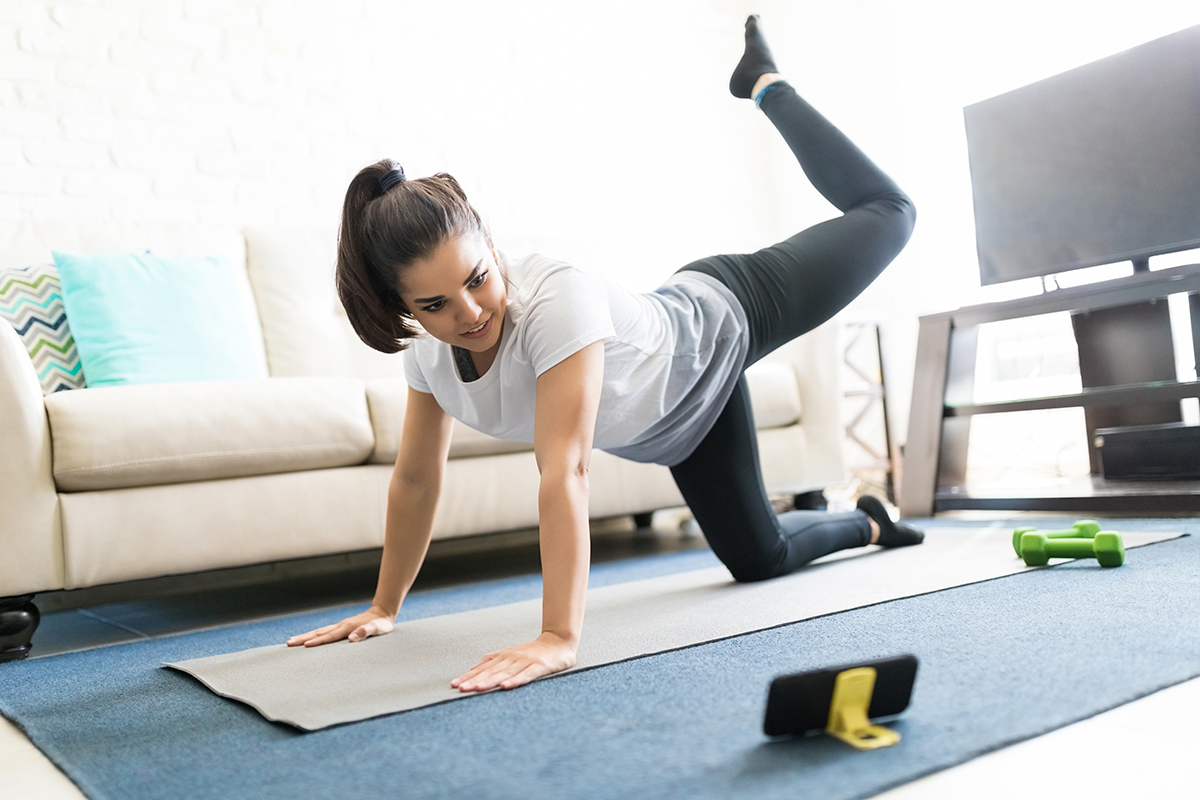
With most, if not all health clubs and fitness facilities closed, or in a quasi-opened state, thank God that we live in the age of technology. For many of us, being “quarantined” does not have to stop us from conducting business as usual.
We know for a fact that exercise can help boost the immune system. This should be reason enough for EVERYONE to be moving, not using this time as…